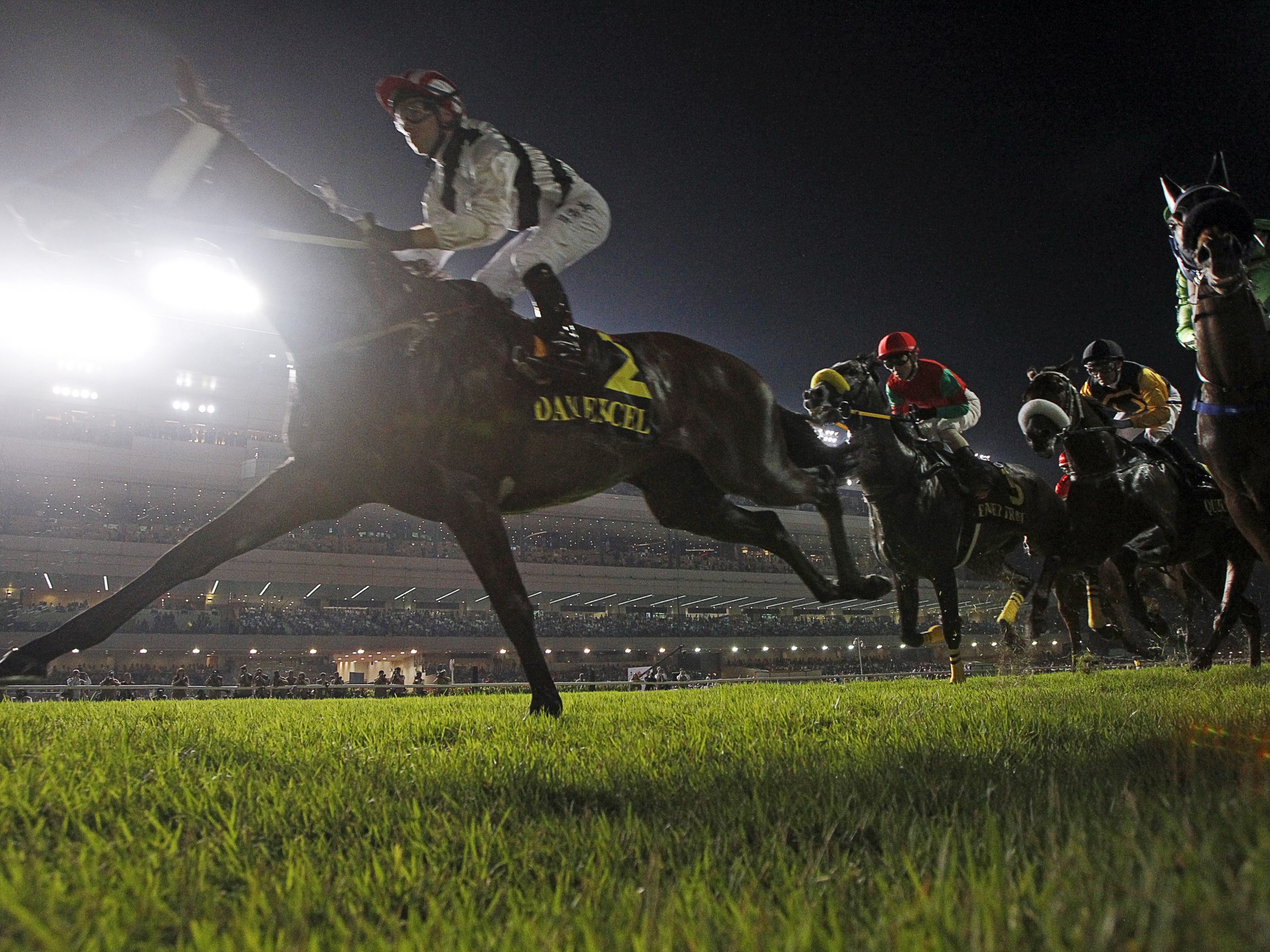
Singapore – On a sunny Saturday afternoon in the far north of Singapore, a weekend ritual is in full swing.
Racegoers at the Singapore Turf Club huddle around screens studying the odds for the afternoon’s horse races.
Many cling to newspapers and check the form guide hoping to pick a winner. The crowd is mostly made up of older Singaporean men, affectionately known as “uncles”.
Soon they’ll have to find something else to fill their weekends. The curtain will soon fall on more than 180 years of horse racing history in Singapore, with the final race scheduled for October.
The Southeast Asian country’s only horse racing track has fallen victim to the tiny island’s land needs and its entire 120 hectares (297 acres) are set to be returned to the government for redevelopment in 2027 public and private housing.
When the announcement was made last June, Singapore Turf Club chairman Niam Chiang Meng said he was “sad about the decision” but understood “Singapore’s need for land”.
More than six months later, Singapore’s horse racing scene is still shocked, confused and frustrated.
“We had no leads [prior to June] or any information about this place being closed,” said Jason Ong, president of the Association of Racehorse Trainers Singapore.
“The shutdown of the entire industry in a year and a half is something that I think every horse racing person will find very sudden and difficult to deal with,” Ong added.
Horse racing has taken place in the city-state since 1843. The first Singapore Cup race took place in front of more than 300 spectators.
As the sport’s popularity grew, the races were moved to a 98-hectare site in the central Bukit Timah area in 1933. Queen Elizabeth II was a notable visitor to the course in 1972, with 26,000 fans flocking to see her and other members of the British royal family.
Then, on the eve of the millennium, the turf club was relocated so that the site could be returned to the government for housing and other uses.
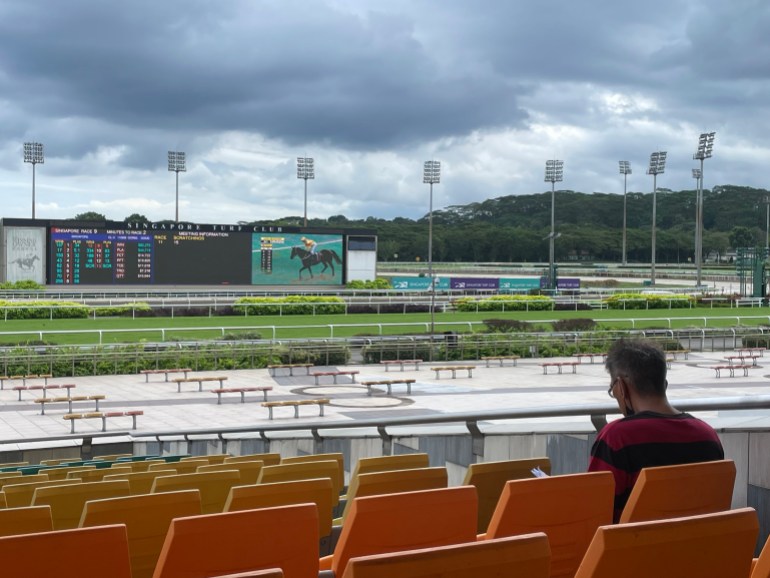
The 500 million Singapore dollar (US$295 million) Kranji Racecourse opened in 1999 and included a five-story grandstand with a capacity for 30,000 fans.
This new venue should provide more opportunities for the growth of horse racing in Singapore and even allow for atmospheric floodlit night racing.
But today it’s a completely different feeling on a racetrack that’s about to be demolished.
The stands are far from full; most people huddle together in the shadows of the halls and watch the races on monitors.
“It’s a hobby”
The range of food and drinks is limited and a food court remains empty. There are only a few shops left that sell cheap Tiger beer cans and plastic containers Noodle and rice dishes.
But the enthusiasm for racing and gambling is still great among the loyal guests.
“It’s a hobby, my hobby. I’ve been betting for more than 30 years,” said racegoer Frankie Koay.
“I’m very sad – it shouldn’t have been closed. Once things go downhill, we need to focus on other races like Hong Kong and Malaysia,” Frankie added.
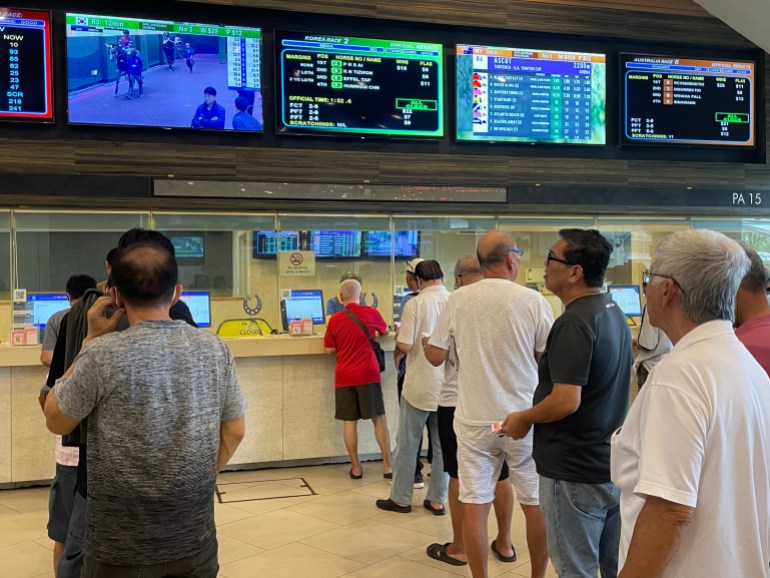
During the break between races, the action from other tracks in South Korea and Australia will be broadcast on television screens. Occasional roars can be heard from various crowds, presumably cheering on a winner in the 3:40 race in Seoul.
Although the place is far from full, there is a real sense of community around the place and the predominantly working-class crowd relish the chance to pick up some wins.
“I have been coming here for about 30 years,” said Mr. Tay, who preferred not to reveal his full name.
When asked why he keeps coming back, he replies: “Just nothing to do.” No place to go. I just came for fun.”
As horse racing soon ceases in Singapore, one sport is retaining its stronghold on the tiny island.
According to local media, there were 16 golf courses on the island in 2023, although one public golf course closed at the end of the year.
There are also several country and social clubs in the 712 square kilometer city-state.
According to the government, golf courses are also being targeted. The centrally located Marina Bay golf course is set to close later this year when its lease expires.
When the Singapore Turf Club announced the closure of Kranji Racecourse, it blamed the decline in attendance over the last decade. And on this Saturday afternoon, it wasn’t hard to find a seat to watch the action.
“The closure is fine with me because there is no new generation betting on horses,” said racing fan Roger Chuay.
Some members of Singapore’s racing community blame the Turf Club’s management for the aging fan base.
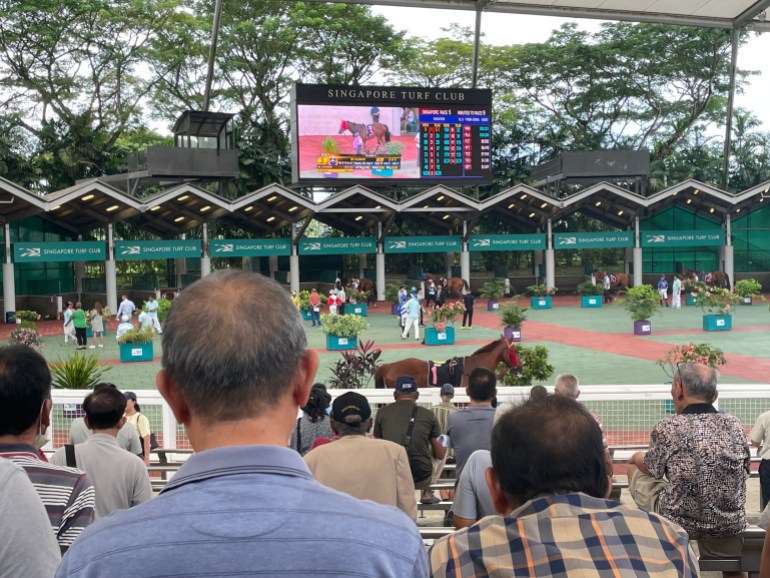
“Horse racing has declined somewhat here. But because of the way they handled it, it was all downhill and they never kept up with the times,” said a senior coach who wished to remain anonymous.
“If you put the right people in to run races and do it right, it could be a huge win for Singapore, tourism and jobs,” the trainer added.
500 horses to consider
The length of time it took to begin renovating the former Turf Club site in Bukit Timah also caused a stir.
Since its closure in 1999, the racetrack has housed several businesses, including restaurants and children’s play facilities.
The final approval for the construction of a new residential area was only given at the end of 2023.
“The old turf club has just closed and they are going to start doing something about it. That’s 24 years,” said the coach.
“This place [Kranji Racecourse]Nothing will happen to him for 10-15 years. It will just rot.”
For those still involved in horse racing in Singapore, the huge challenge now lies in shutting down their operations and finding new homes for hundreds of horses in a relatively short space of time.
“The important part now is to think about the exit strategy,” Ong said.
“It’s also about the welfare of the horses. Even if you want to export the horses, will there be anyone to take them in? If they say we can send 500 horses to Malaysia, I don’t think Malaysia can accommodate that many horses,” Ong explained.
In a statement, the Singapore government said: “Racehorse trainers and owners will receive support for horse ownership and export.”
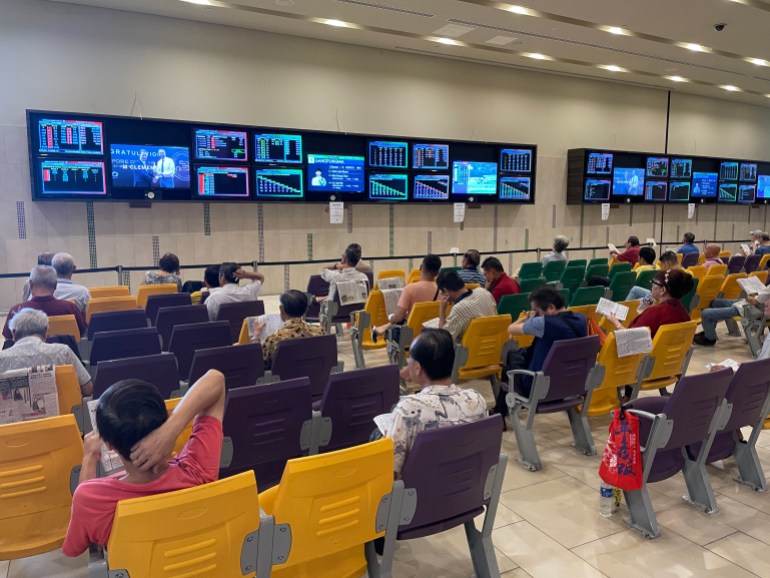
The Singapore Turf Club declined an interview request from Al Jazeera. In a statement released last year they said they would “work with the government to ensure a well-organized exit from local horse racing.”
The racing in Kranji comes to an end with the hosting of the 100th Grand Singapore Gold Cup.
It will be a day of great sadness for Singaporeans for whom the race is the highlight of their weekend.
“Many people don’t have a place to have fun. We will not be drinking or going to the nightlife at this location [the races] is for old men,” Paul said as he studied horses in the parade ring.
“If they want to build commercial buildings or houses, I think a golf club is better. A golf club put away means you can build a lot.”

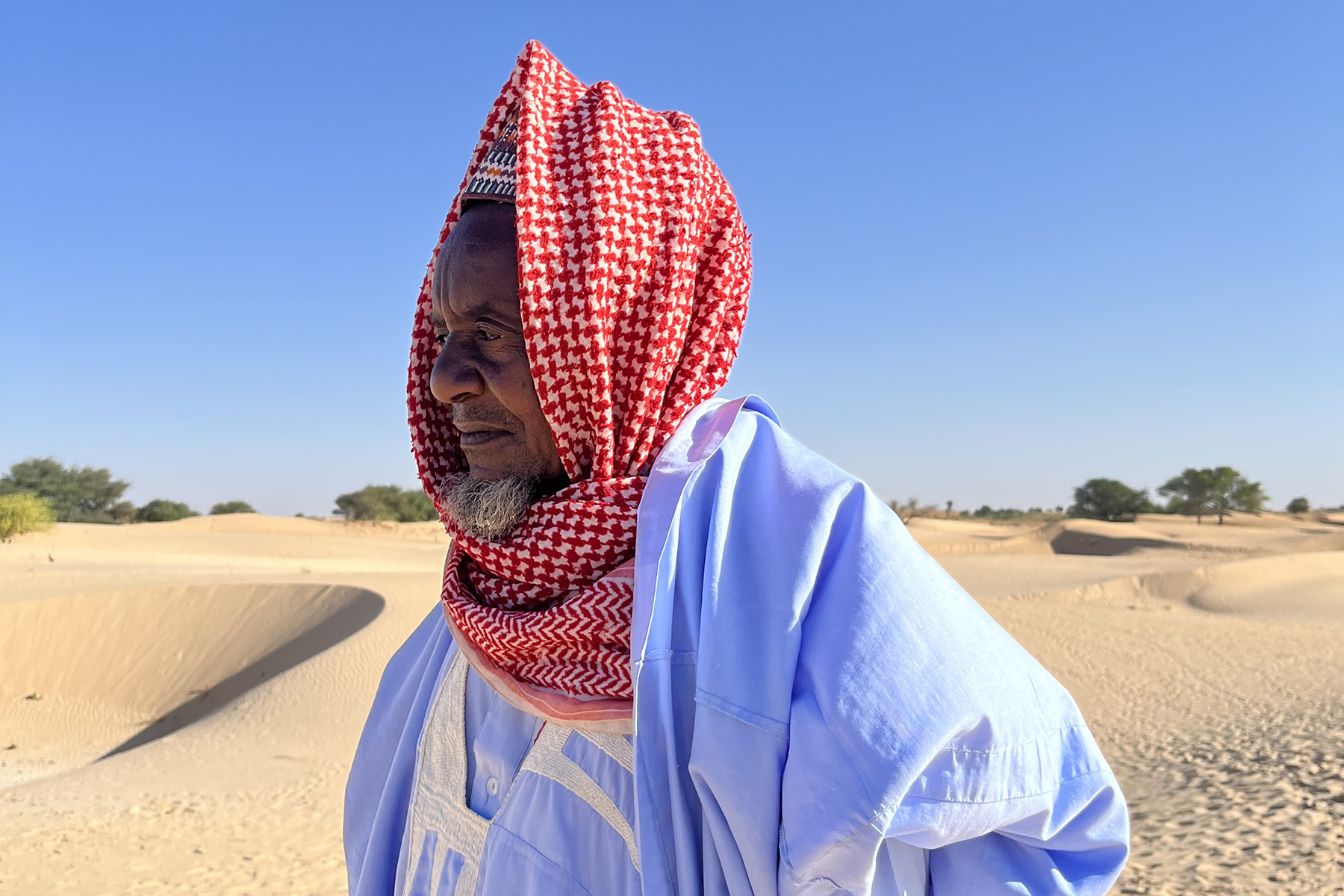




Recent Comments